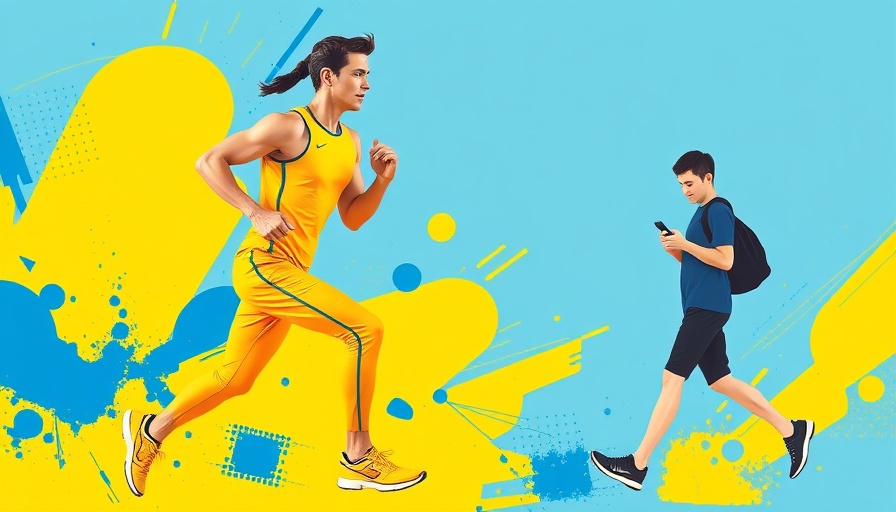
Runna: The New Face of Running Coaching
Strava recently introduced Runna, a personalized running coaching app, to cater to both novices and seasoned runners looking to enhance their performance. While its design and functionality promise many benefits, the app has ignited debates around its effectiveness and the implications of its AI-driven approach. This article delves into the features, pros and cons of Runna, and insights drawn from its first users, particularly focusing on those over 60 beginning or continuing their running journey.
Embracing a Personalized Approach
Runna positions itself uniquely within the fitness app market. Unlike traditional training apps, it customizes running plans based on individual goals, fitness levels, and training frequency. Upon onboarding, users answer questions about their running history, pace, and desired outcomes. This initial assessment allows Runna to generate a tailored six-week training plan. As popular among fitness editors, it has caught the attention of running enthusiasts looking for structured guidance. However, some criticism emerges regarding the reliance on algorithms to deliver insights, potentially compromising the personalized touch users might expect from human coaches.
Real Users, Real Experience: The Pros and Cons
Initially, users like fitness editor Cori Ritchey found Runna intuitive, praising its simple interface and the tailored training insights it provides. Pace recommendations were specific and actionable, which helped her maintain motivation. However, as users progressed, many reported that the app's intensity could feel overwhelming, particularly for newer runners who may not have the experience to gauge their limits. Plus, the lack of a real coach to provide immediate feedback also proved a drawback, highlighting a significant bond that can exist between a coach and a runner.
The Chatter on AI: Is Runna Dependable?
The rise of AI-based solutions in fitness raises eyebrows for those concerned about safety and efficacy. Critics argue that while Runna's templates and algorithms help in generating plans, they may not consider individual variables like fatigue and injury risks. Strava clarified that while AI assists in adapting training plans over time, actual experts collaborate to design these plans. However, it's crucial to note that seasoned runners may still find the adjustments insufficient, leading to injury if they don't listen to their bodies.
Transitioning to Running After 60
For parents and seniors, including those in their 60s, considering new fitness routines can be daunting yet rewarding. Several wellness strategies allow mature individuals to engage in running safely. For those just beginning, tools like Runna can be an excellent entry point, but it’s essential to complement these with external support from a qualified coach to avoid injury. Many physiologists stress the significance of understanding one's body, especially in later years to safeguard against overuse injuries.
A Lifelong Relationship with Running
The journey into running and fitness often lends itself gracefully to older adults looking to regain vitality. Each milestone, from transitioning to fitness after 60 to integrating regular running, can serve not only as a physical challenge but a psychological boost. As individuals embark on their fitness quests, incorporating tools like Runna can pave a path toward a stronger, more engaged lifestyle.
Is Runna the Right Choice for You?
In Summary: While Runna offers a convenient and personalized platform for those eager to either start or intensify their running habits, it’s worth assessing its suitability based on individual experience. For seniors looking for structured programs, using Runna alongside traditional coaching could create a balanced approach. As with any fitness routine, communication with healthcare professionals about joint health, recovery, and nutrition remains vital.
Call to Action: For seniors in Muskegon interested in exploring healthy living strategies, consider consulting with local wellness programs. Explore fitness guidance geared toward retirees, and discover thrilling ways to enhance your journey into running.
 Add Row
Add Row  Add
Add 




Write A Comment